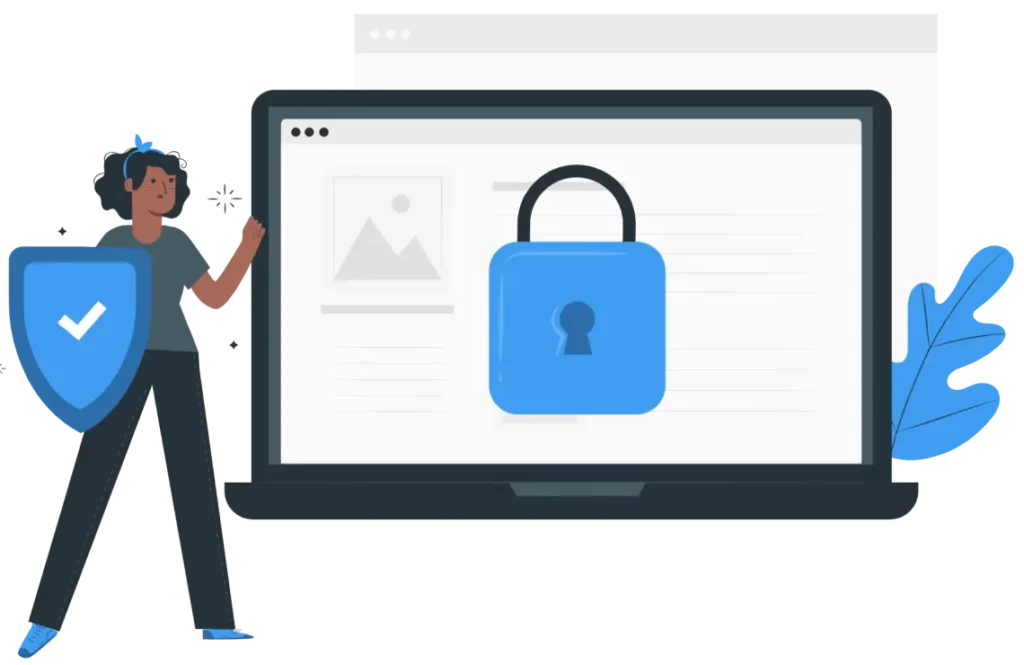Integrating best practices into the Development Pipeline.
Calavista has long been a pioneer in Continuous Integration and Continuous Delivery (CI/CD ) – we’ve been doing DevSecOps since before it was called that – in fact, before it was even called DevOps. We were founded in 2001 by some senior engineers who believed there were better ways to write code than what the industry was practicing. We set out to prove it, and have spent the last 20 years evangelizing DevSecOps – receiving multiple patents for our Continuous Delivery tools and processes along the way.
Our team’s experience with enterprise and Agile methodologies makes us an ideal partner for your operational needs – whether it is incorporating advanced DevSecOps processes into a project or helping build out better DevSecOps processes across your organization.
We can help you become more efficient and more successful in your own development efforts. By integrating automated solutions across your entire Delivery Pipeline, you’ll have better visibility and control of your processes – through the development, build, test, and deployment cycles.
We utilize 8 tenets of DevSecOps to streamline our processes, bringing this strategy to every project that we work on. We also have experience helping our clients build their own DevSecOps pipelines, turning concepts like collaboration, automation, and CI/CD into practice.
DevSecOps is based on a set of strategies that fuel software development processes for secure, speedy and incremental release. These strategies are at the heart of every project that we do, and we can help bring them to your development processes as well.
We believe DevSecOps is built on the principles of collaboration between developers, testers, and production system operators. The relationship between these teams will determine how successful your organization is – especially over time. The collaboration goes beyond this core team, extending into the business stakeholders and your leadership, to ensure the team is building what the end users really need.
Successful collaboration may require changes to the tools you use, and maybe even to the culture of your organization. As each project kicks off, we will identify the appropriate collaboration tools (including communications, file sharing, etc.) that may be needed, and ensure they are implemented properly.


Automation is the use of advanced tools and scripting to perform tasks with minimal human intervention where possible. Automation does not actually remove the human functions in DevSecOps. Instead, it enhances the entire DevSecOps pipeline to allow quicker releases with consistent, repeatable processes across development (e.g., CI/CD), automated testing, tracking the process (Continuous Monitoring), and other development/operations activities.
Automation can enhance reliability, accuracy, collaboration, and cost-efficiency. At a minimum, every Calavista project includes automation of the CI/CD pipelines. It is another key element of DevSecOps that we utilize regularly and can help implement in client organizations.
Successful projects are built on solid architecture principles. They include not only a reference architecture diagram, but also business and non-functional requirements of the application. This helps support the project goals and minimize surprises later in the project. Architecture goes beyond the framework of the code and may include third-party integrations or additions to existing software, helping to orient each phase of development.
A Senior Architect from Calavista is assigned to each project, taking the lead to build a robust, scalable architecture that meets the needs of each customer.

Calavista was a pioneer in the field of Continuous Integration, patenting CI/CD processes before the concept was popular – or even heard of. We firmly believe that Continuous Integration enhances the quality of the end-product while streamlining the production process, ensuring that all team members are working from the same, stable codebase and that all updates are automatically tested before re-integration, preventing bugs from making their way into the codebase.
Our teams routinely utilize Continuous Integration, and can help build CI infrastructure for our clients’ development process as well.
Automation also enables continuous testing, obtaining feedback regularly and identifying problems before the code is released. With continuous testing, developers are notified of errors immediately. This approach not only ensures that the end product functions as designed, but it speeds up the overall development process considerably, since bugs can be fixed at inception rather than later in the delivery process.
Different organizations may have their own test automation strategies, and we can integrate to yours. But we believe continuous testing forms the backbone of any mature development process.
Calavista combines the previous tenets of DevSecOps to provide Continuous Delivery. By utilizing collaboration, automation, Continuous Testing, and Continuous Integration, we can iteratively deliver code in short production cycles. Typically, we operate in two-week Sprints which provide functional code releases at the end of each. Most Sprints end with a Release Candidate, so that deploying Production code can be a business decision, not a technical one.
Continuous Delivery also means that code updates can be automatically deployed to the production environment after passing an automated test for functionality. If you choose to automate in this way, you can still be assured of a stable, production-ready code base.
Correctly implemented DevSecOps practices can enable very rapid and automatic code changes. A robust tracking system is therefore required to ensure operations are running effectively. Continuous Monitoring helps provide DevSecOps teams with insight about how their systems are operating, as well as insights on the effectiveness of the development process.
At Calavista we use metrics and KPIs to monitor our own development and operational practices, and to measure both code and production efficiency. This not only enhances the product, but also sharpens our own teams.
DevOps processes speed up the software development life-cycle (SDLC), allowing developers to develop and deploy their code rapidly and repeatedly. This makes software development easier, but it can also make security breaches easier if you are not careful. That’s why it’s important to bring security into DevOps – enter DevSecOps. We integrate security within our DevSecOps practices, ensuring that enhanced automation and continuous delivery do not open any cracks. And using DevSecOps, we can even implement continuous security screening.

By drawing upon these core tenets in all that we do, we make sure that our teams and our projects are on the leading edge of software development best practices. This leads to better quality code, increased transparency on projects, streamlined development, and a collaborative work environment. Simply put, it makes software development faster, and the end products more secure.
We implement DevSecOps practices in all our development work, and can help our partners make it an integral part of their own processes.